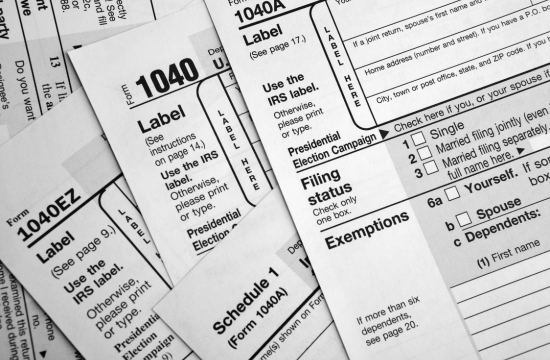Navigating the realm of taxes can be daunting, especially with the multitude of forms that come into play. From ensuring accurate withholdings to verifying employment eligibility, understanding these forms is crucial for every taxpayer. In this guide, we’ll break down some common tax forms such as the W-2, W-4, and I-9.
W-4 Form
The W-4 form, or Employee’s Withholding Certificate, is completed by employees upon starting a new job or when their personal or financial situation changes. Its primary purpose is to determine the amount of federal income tax to withhold from an employee’s paycheck. By providing information such as filing status, dependents, and additional income, employees can adjust their withholding allowances accordingly.
Completing the W-4 accurately is essential to prevent under- or over-withholding of taxes. It helps individuals align their tax withholdings with their actual tax liability, ensuring they neither owe a large sum at tax time nor receive an excessive refund. In recent years, there have been changes to the W-4 form. If you find yourself owing money come tax time, you may want to revisit your withholdings. W-4 Free’s free form filler can help.
W-2 Form
The W-2 form, also known as the Wage and Tax Statement, is perhaps one of the most familiar tax documents. Employers issue this form to employees each year, summarizing their earnings and withholding amounts for federal, state, and local taxes. It includes crucial details such as wages earned, taxes withheld, and contributions to retirement plans or health savings accounts.
For employees, the W-2 form serves as a vital tool for accurately reporting income on their tax returns. It ensures compliance with tax laws and helps individuals determine if they are entitled to a refund or if they owe additional taxes.
1099 Form
In addition to the previous forms commonly associated with traditional employment, various 1099 forms are used to report income from sources other than wages. For example, independent contractors, freelancers, and individuals who receive interest, dividends, or rental income typically receive 1099 forms detailing their earnings.
Understanding these forms is crucial for taxpayers who receive income not subject to traditional payroll withholding. They must accurately report this income on their tax returns to avoid penalties for underreporting.
1095-A Form
The 1095-A form, also known as the Health Insurance Marketplace Statement, is essential for individuals who obtained health insurance through the Health Insurance Marketplace instead of an employer-sponsored plan in the prior year.
This form provides details such as total premiums paid, premium tax credits (PTC) utilized, and the second lowest cost Silver plan (SLCSP) figure, representing the second-lowest priced Silver category Marketplace plan. The SLCSP figure is crucial for calculating the final premium tax credit.
Individuals who enrolled in health insurance through the Health Insurance Marketplace must use the information on Form 1095-A for Form 8962 completion. To claim a premium tax credit or if they received advance payments of the premium tax credit (APTC), they must file the completed form with their federal income tax return.
I-9 Form
While not directly related to income tax withholding, the I-9 form, or Employment Eligibility Verification, plays a crucial role in the hiring process. Employers are required to verify the identity and employment authorization of every employee hired in the United States, including citizens and noncitizens.
The I-9 form requires employees to present documentation establishing their identity and eligibility to work in the country. Employers must review these documents to ensure compliance with immigration laws and maintain accurate records. Failure to complete and retain the I-9 form properly can result in severe penalties for employers.
Familiarity with common tax forms such as the W-2, W-4, and 1099 is essential for every taxpayer. Whether you’re an employee navigating payroll withholdings or a contractor reporting miscellaneous income, these forms play a vital role in ensuring compliance with tax laws and regulations.
By understanding their purposes and completing them accurately, taxpayers can streamline the tax-filing process and avoid potential pitfalls.

